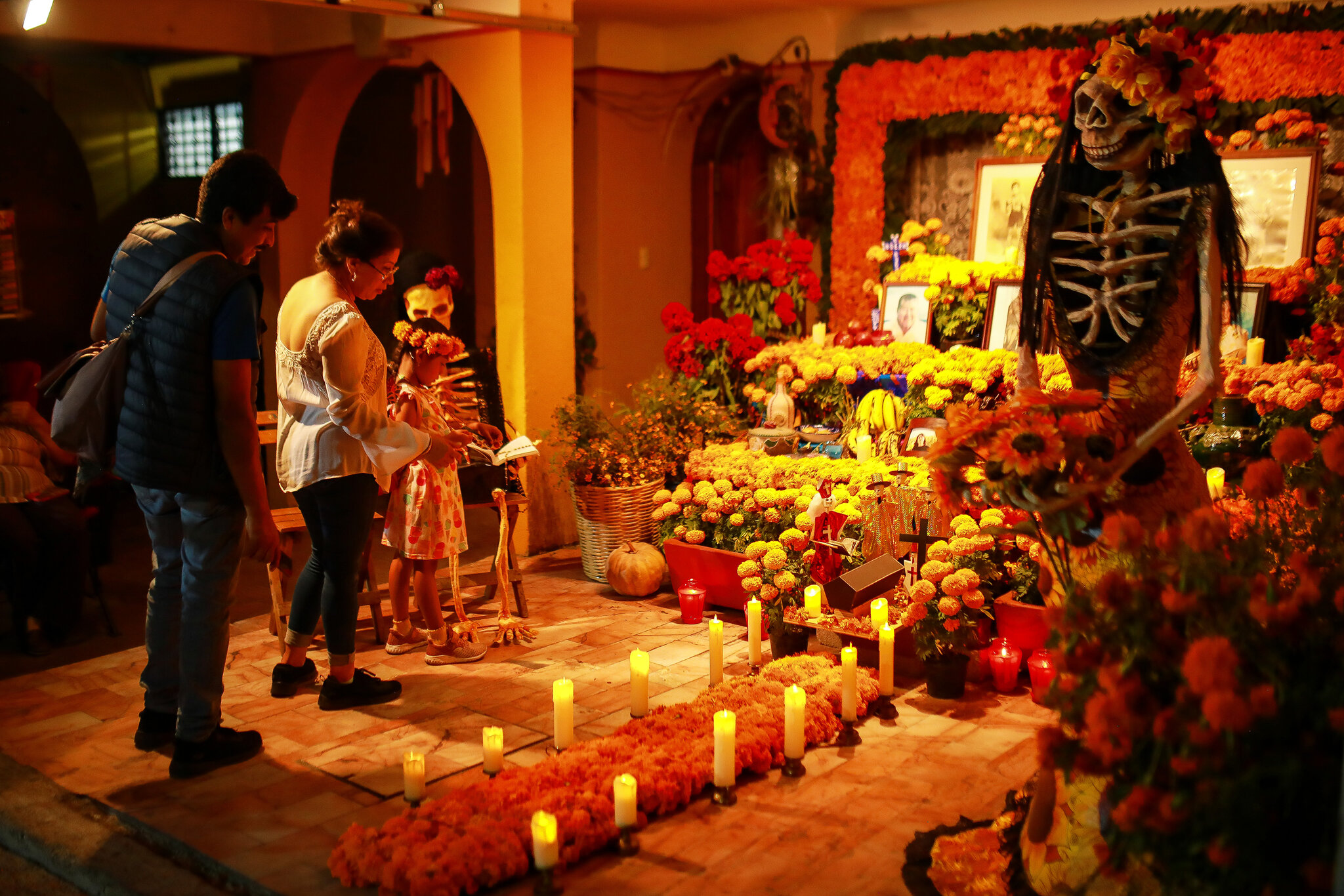Although death is a universal experience, the manners in which cultures commemorate those who have passed away are highly diverse. Rituals, ceremonies, and customs that pertain to mortality are global in scope and reflect profound convictions regarding community, respect, the afterlife, and life. By investigating the manner in which various societies commemorate mortality, we can gain insight into their values and the ways in which they derive solace and meaning from their losses.
Honoring and Commemorating the Lives of Those We Love
In numerous cultures, the act of honoring the deceased is a way to preserve their memory and demonstrate appreciation for the life they led. This may manifest in a variety of ways, ranging from elaborate public ceremonies to private moments of contemplation.
* **In Western cultures**, funerals frequently feature a service during which family and friends convene to share memories, offer prayers, and bid farewell. Memorials and anniversaries function as perpetual recalls, facilitating the process of mourning and fostering a sense of community among loved ones.
* **In numerous ASEAN countries**, the commemoration of the deceased may entail particular customs, such as the distribution of food and incense, the recitation of prayers, and the organization of community gatherings. It is believed that these actions are intended to demonstrate ongoing care and support the spirit’s voyage.
* **In certain regions of Africa**, funerals are frequently lively occasions that commemorate the life of the deceased through storytelling, dance, and music. These ceremonies serve to fortify communal bonds and facilitate the transformation of mourning into collective healing.
Death Customs and Rituals
Death rituals frequently represent a culture’s spiritual convictions regarding the afterlife and the appropriate manner in which the living should interact with the deceased.
* **The practices of burial** are extensively varied: Burying the body in the earth is a practice in certain cultures, while others employ cremation or locate the deceased in above-ground monuments. The Tibetan sky burials, for instance, entail the sacrifice of the body to vultures, which is indicative of their faith in the cycle of life and their compassion.
In Mexico, the **Day of the Dead (Día de los Muertos)** is a renowned illustration of the celebration of death with color and pleasure. Families construct altars that include photographs, cherished foods, and mementos of the deceased, thereby greeting their spirits back for a day of reunion and celebration.
* In East Asia, it is common for families to maintain altars and perform rituals in order to commemorate their progenitors, as they believe that ancestors watch over and protect the living. This practice is known as **ancestor worship**.
The Function of the Community
Community participation is frequently prioritized in death rituals. Mourning and honoring the deceased are not merely private ceremonies; they are social acts that reinforce mutual support and shared values.
* **In numerous Indigenous cultures**, the entire community may be involved in the preparation of the body, the conduct of wake ceremonies, and the provision of support to the bereaved family.
* **In Muslim traditions**, communal supplication (Janazah) and fast burial emphasize solidarity and respect.
* **Communal chanting, scripture readings, and shared meals** offer solace and validate faith in numerous Christian communities.
Discovering Meaning and Comfort
The manner in which cultures manage mortality is a significant indicator of their perspective on life. These practices assist the living in locating significance, honoring legacies, and coping with loss, whether through solemn rituals, jubilant celebrations, or ongoing remembrance.
In conclusion,
Death may be unavoidable; however, the manners in which we commemorate the deceased are profoundly human and thoroughly cultural. These traditions serve as a connection between the past and the present, between life and death, from ancestral altars to communal gatherings, and from peaceful prayers to flamboyant festivals.
We not only gain an appreciation for cultural diversity but also establish a shared experience in the universal journey of remembrance and loss by comprehending and honoring diverse customs.

Leave a Reply